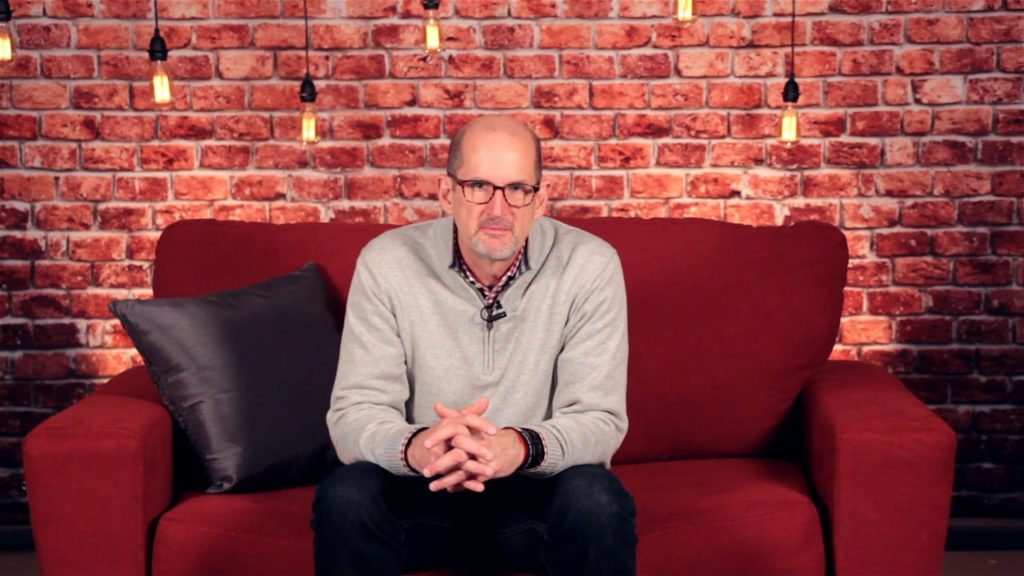Without a doubt, planting a church without prayer is like building a house on bare ground without pouring a concrete footer. If a partnering church family prays, or if they do not pray, they communicate a clear statement. Calling on God as the source of every need in the life of a church plant indicates that we are convinced that the planter is inadequate, and, without supernatural enabling, he will not succeed. As Henry Blackaby would say it best, “Prayer is not a strategy it is the strategy.”
As a partnering church, we devote time every week to pray for planters. At present, our church is involved financially and engaged as much as possible, with twenty-three church plants. We receive regular updates and prayer concerns from our planters. We read or hand out these prayer concerns to our people. We pray specifically for these needs. Normally, these planters have visited our church and preached in a Sunday morning service sharing their vision, their call and the difficulties and opportunities related to their ministry field. Having this kind of personal connection with the planters endears us to the planter and motivates our hearts to pray.
It is very common for our members to connect by Facebook, email or phone with these planters and their wives. We are also regularly taking teams to assist the planters in some project used to evangelize their community. This enhances our prayer strategy. It moves our focus from simply a mission project to a focus on the people who lead in the project and those impacted by the project. Almost weekly someone in our congregation will ask me to mention some specific prayer concern related to a planter. I wish I had been disciplined enough to record the answers to these prayers. The answered prayers tell the story of how God came through in what seemed to be impossible situations. We commonly call these God stories.
Another way we pray for planters is related to people in the evangelistic pipeline of the plant. This includes people in all stages of discipleship. Some of these are atheist, agnostics, muslims, pantheists, animists or hedonists who need Jesus. When a Sending Church hears of these individuals, they should become the prayer focus of the Sending Church who is praying for them by name. In doing so, we share together in the gospel. One cannot read the book of Acts, or any other book in the New Testament for that matter, without finding prayers related to the lost and those making disciples of them.
Nothing in life can be more difficult that planting a church. Without the enabling of God a planter will be so overwhelmed. We have had planters lose their facilities in short-order and supporters cut their support without warning. Others have found out that a child, mate, or the planter himself will be facing physical challenges that insure extreme difficulty for the planter and guaranteeing it for the plant itself. In times like these, prayer is so essential and Sending and Supporting Churches are vital. Just this past year, a planter who we support found out that his son has leukemia and a prayer vigil was launched in their behalf immediately.
I consider it my role, as the pastor, to make sure our people are aware of the matters which are paramount to the planters and their plants. I try to put myself in the place of the planter and his congregation. I consider that, if I were him, I would need the prayers of whoever would pray for me and my work. I would especially need it from those who send and support me. For me not to lead this charge would be like an Army General leading his men out to battle with all the arms necessary for war but neglecting to provide the bullets with which to shoot. A gun without a bullet is like a Christian soldier without prayer support. If we truly want church planting to succeed we need the enabling of God, and our God said that if we would call on Him, He would answer us and show us great and mighty things that we had not yet experienced or discovered. If we are going to send, let us pray!
Published February 13, 2017
